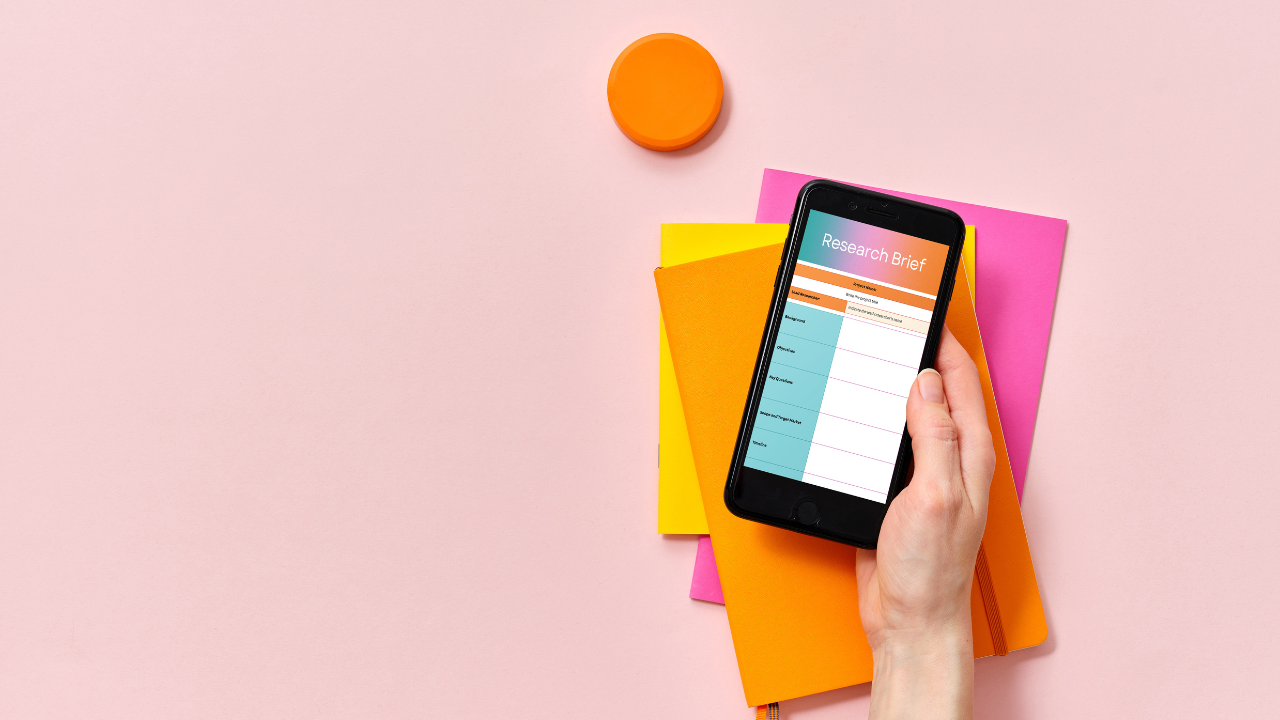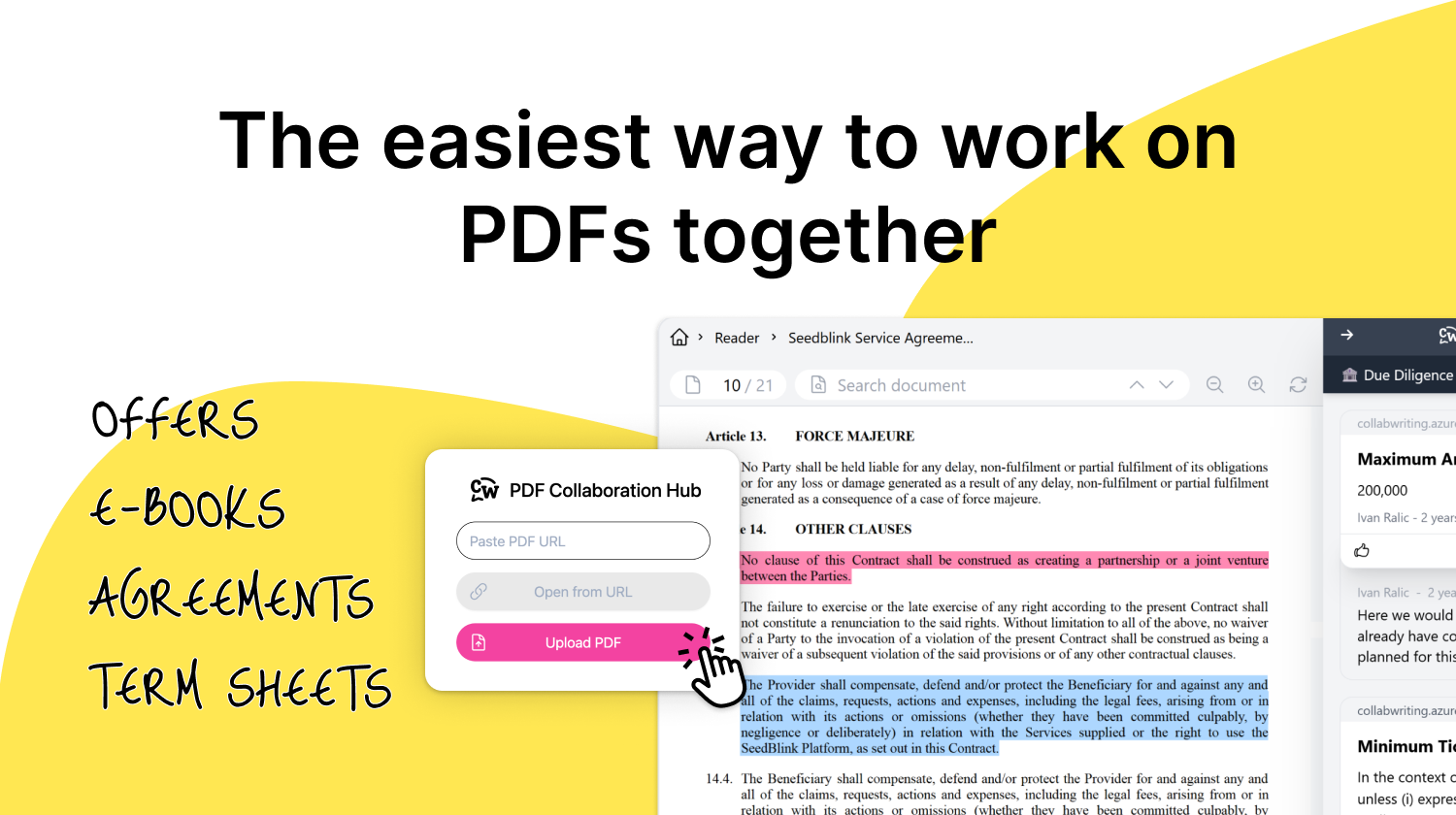To excel in the competitive business world, companies need to go the extra mile and stay ahead of their rivals. The secret to thriving in such a challenging environment is to be flexible, adaptable, and always eager to improve.
And content creation is no different.
What is continuous improvement and why does it matter?
Continuous improvement means making small, regular changes to your work process to get better results over time.
It’s like a fitness journey - steady progress leads to peak performance.
Companies that focus on improving their content and customer experience see higher engagement, increased revenue, and stronger customer loyalty. They understand that success is not only about what they do but also about how they do it.
So, if you want your content marketing to stand out, adopting continuous improvement is key.
How to Continuously Improve Your Content Creation Process
Want to achieve greatness?
Start small.
Rome wasn’t built in a day, and neither is a culture of continuous improvement. It’s all about taking small, simple steps day by day, so your team can keep getting better without feeling overwhelmed.
Identifying areas for improvement
Look critically at your current content and processes. Collect feedback from your team and audience, analyze performance data, and spot what’s working and what’s not.
Use this information to pinpoint opportunities to improve.
Pro tip: Tools like Google Analytics and social media insights are invaluable for tracking how your content performs.
On average, companies that focus on customer experience achieve 4-8% higher revenue than their competitors.
Develop a Plan
Once you know what to fix, create a plan with specific goals, deadlines, and resources needed. This could mean improving content quality by involving subject matter experts, or experimenting with new formats and channels.
For example:
If your blog content isn’t performing well, your plan might look like this:
- Goal: Increase organic traffic by 20% in 3 months
- Steps:
- Invite your product team to fact-check key articles
- Test short-form video explainers for LinkedIn and YouTube
- Refresh top 10 underperforming articles with updated stats and better structure
- Deadline: First round of updates by the end of the month
- Tools: Use Collabwriting to organize sources, notes, and edits in one place
Planning helps avoid wasted effort and keeps everyone on the same page.
Implement Changes Step by Step
Start small. Test new ideas or tools on a few pieces of content before scaling up.
For example:
Instead of overhauling your entire newsletter, you could start by changing the subject line format or experimenting with a new section like “Editor’s Pick.”
Remember, the most important part is to take action and learn as you go.
Monitor Your Progress
Track how the changes affect your content’s performance. Use metrics like page views, engagement, shares, and conversions. Collect feedback from your team and audience regularly.
If you track it, you can improve it.
Iterate and Refine
Continuous improvement never stops. Use what you learn to tweak your process and try new strategies. Be flexible and open to change.
Innovation in content marketing is about adapting quickly to your audience’s needs and the market environment.
Key Things to Consider Before You Start Improving Content
Know Your Audience
Understand exactly who you’re writing for, their needs, interests, and challenges.
Who are you speaking to? What do they care about, what problems do they face, and what are their deepest desires?
By pinpointing your audience's specific characteristics, you can create content that's customized to their tastes and speaks to them on a personal level.
Do Keyword Research
If you want to write content that your audience can't resist reading, you can't afford to skip keyword research.
By getting a handle on the exact phrases your readers are typing into search engines, you can craft articles that show up at the top of their results pages and offer real value once they click.
It is estimated that people perform 3.5 billion searches per day and 1.2 trillion per year.
Use tools like Google Keyword Planner or SEMrush to find the terms your audience is searching for. Incorporate these naturally into your content to improve your SEO and attract more visitors.
Provide Real Value
Focus on creating content that educates, entertains, or solves problems. Valuable content keeps your audience coming back and encourages sharing.
Your content should always offer something unique that they can't find anywhere else!
Use Storytelling
Stories connect with readers on an emotional level and make your content memorable.
Don’t just present facts, tell a story that your audience can relate to.
For example, instead of saying “Our tool saves you time,” tell the story of a freelancer juggling three clients, working late nights, and struggling to stay organized, until they started using your product to streamline research and get their evenings back.
Show the before, the struggle, and the after.
Make your audience see themselves in the story. 👀
Include Visuals
Images, infographics, and videos don’t just make your content look better - they make it easier to understand. Visuals help explain complex ideas, grab attention quickly, and keep people engaged.
Plus, visuals can boost your SEO. Well-optimized images (with alt text and descriptive filenames) help your content rank better on search engines and appear in image search results.
Track Analytics Regularly
Don’t just publish and forget.
Check your analytics regularly to see what’s working.
- Which blog posts are getting the most views?
- What kind of content leads to conversions?
- What topics get shared or commented on the most?
These insights help you double down on what works and avoid wasting time on what doesn’t. Data doesn’t need to be complex, it just needs to guide smarter decisions.

Collabwriting - Shareable Notes on Web Pages and PDFs
Collabwriting allows you to gather all your online sources in one place. Just highlight, save, and collaborate with anyone on any content you find online.
Final Thoughts
Improving your content process isn’t about chasing perfection. Perfection can slow you down, while small, consistent improvements move you forward.
Create space for your team to spot what’s not working and experiment with better ways. Encourage trying new ideas, learning from mistakes, and staying open to change.
Track what’s working, measure the impact, and celebrate those who help improve the process. That’s how you build a content engine that gets better over time.





![5 Tools Marketers Use to Organize Research - Compared [2025]](/content/images/2025/11/cover-4-1.png)

![Build Credibility in Research: Smart Way to Verify Information and Track Sources Easily [2025]](/content/images/2025/10/covers-for-blog--7--1.png)

![How Marketers Can Turn LinkedIn Content into Collaborative Research [2025]](/content/images/2025/10/covers-for-blog--8-.png)
![Best Readwise Alternative for Personal & Team Research [2025]](/content/images/2025/09/Frame-814--3-.png)


